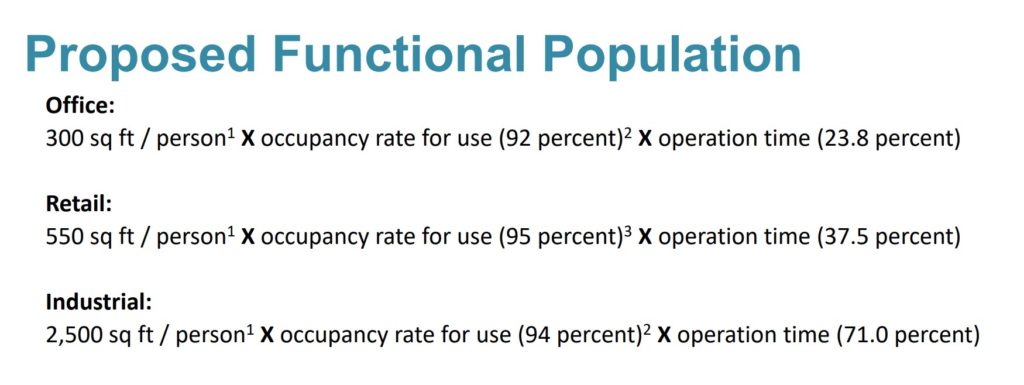City floats proposed structure for commercial parkland dedication
Thursday, May 5, 2022 by
Elizabeth Pagano The framework for a new ordinance that would require public parkland for new commercial developments in Austin is coming together.
In April, City Council approved a resolution that asked city staff to look at requiring parkland dedication for retail, office and industrial developments. Currently the city only requires parkland dedication for residential developments. Since 2018, the existing parkland dedication ordinance, which applies to new residential developments, has helped create 200 acres of new city parkland.
The Council vote mirrored previous endorsements by the Parks and Recreation Board, which voted in 2020 and again in 2022 to require commercial parkland dedication. Last week, the parks board heard an update on the crafting of the new ordinance. Of note was a proposed framework for how parkland dedication – which can be made through land dedication, park improvements or by paying a fee-in-lieu – would be calculated.
The proposed formula calculates the required parkland by multiplying a “functional population” of a new development by 6.8 acres and then dividing that number by 1,000. For the purposes of this formula, functional population is calculated differently for office, retail and industrial uses. Those formulas are detailed in the slide below and based on an April 2022 study by the city.
Paul Books, who is a planner with the city, explained that according to this formula, a 665,000-square-foot office building downtown would dedicate either 3.3 acres of parkland or about $1.12 million in parkland fees-in-lieu. A 50,000-square-foot retail center would need to provide 0.22 acres of parkland or pay $79,783 in fees-in-lieu. And a 200,000-square-foot industrial development would be asked to contribute 0.36 acres of parkland or $131,530 in fees.
Books pointed out that, in the case of mixed-use development, the new ordinance would work in concert with the residential parkland dedication ordinance, adding commercial requirements to the existing residential requirements.
He noted that developers could also look at “other creative ways to provide park space to the community, such as interior, public plazas or mini-decks on upper floors.” Those spaces would have to be open to the public, even if built on private property.
Part of the work that needs to be done in creating the commercial parkland ordinance is establishing that it is legally defensible as a concept. That requires determining what is known as “essential nexus,” which connects a development’s impact on public resources with what a government is asking for in return.
Establishing that connection, Robynne Heymans, a planner who works with the city, told the board that parks play a “significant role” in determining where companies are located. In addition, she said, “58 percent of the city’s workforce commutes into Austin, adding park users that do not currently factor into the current parkland dedication requirements. By establishing a commercial parkland dedication ordinance, the city would better be able to provide proportionate recreation services to the workforce near their place of employment.”
In addition, the city has to account for “rough proportionality” by connecting the increased cost of maintaining parks at the existing level of service for those in commercial developments. Parkland dedication fees would have to be “roughly proportional” to that cost.
“We’re actually talking about creating open space for workers,” noted Board Member Rich DePalma, who reasoned that the creation of parks was “a worker health component.”
At the moment, the city is still drafting the ordinance. The city is planning to launch a website and online survey about the proposed fees soon and is holding discussions with stakeholders before the ordinance makes its way through boards and commissions and back to City Council, which will vote on any ordinance before it becomes city code.
“I know we asked for this in March 2020, and I’m very, very grateful for all the work that you did,” Board Chair Dawn Lewis said. “I know it must have taken a long time to do the research and figure out the calculations … I certainly hope it comes to fruition.”
Photo made available through a Creative Commons license.
The Austin Monitor’s work is made possible by donations from the community. Though our reporting covers donors from time to time, we are careful to keep business and editorial efforts separate while maintaining transparency. A complete list of donors is available here, and our code of ethics is explained here.
You're a community leader
And we’re honored you look to us for serious, in-depth news. You know a strong community needs local and dedicated watchdog reporting. We’re here for you and that won’t change. Now will you take the powerful next step and support our nonprofit news organization?












